Four species all named olive, and a local recipe
6 to 9 December 2019
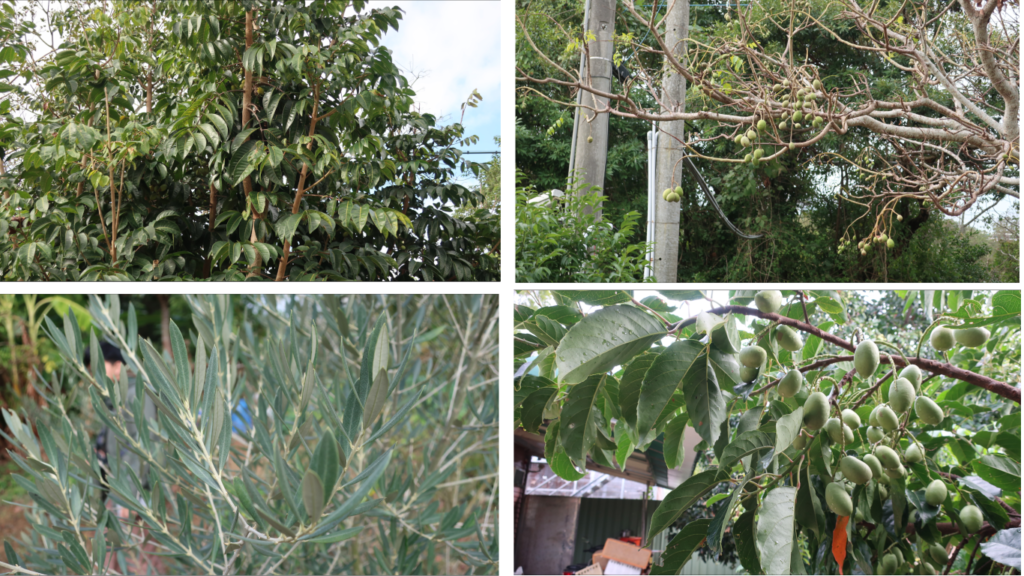
A common practice in Taiwan is what is called “chan-xiao-ban”, literally a group of production and sells. Farmers cultivating the same crops regroup in this kind of organization to more easily sell their products and have guaranteed price. Indeed, retailer who want to buy large quantity of an agricultural product will have to go through this “chan-xiao-ban” and so cannot directly pressure the farmers to lower their selling price.
In Baoshan township, Hsinchu county, Mr. Olive is a “chan-xiao-ban” specialized, as you can easily guess, in olives. But behind this single well-known name hides in fact four different species of fruit trees, that you can all find in Baoshan, and which are all commercialized by Mr. Olive !
Let’s have a look at these species and at some traditional products made from their fruits. At the end of the article I will also present you a traditional recipe of taiwanese olives pickled in sweet brine.
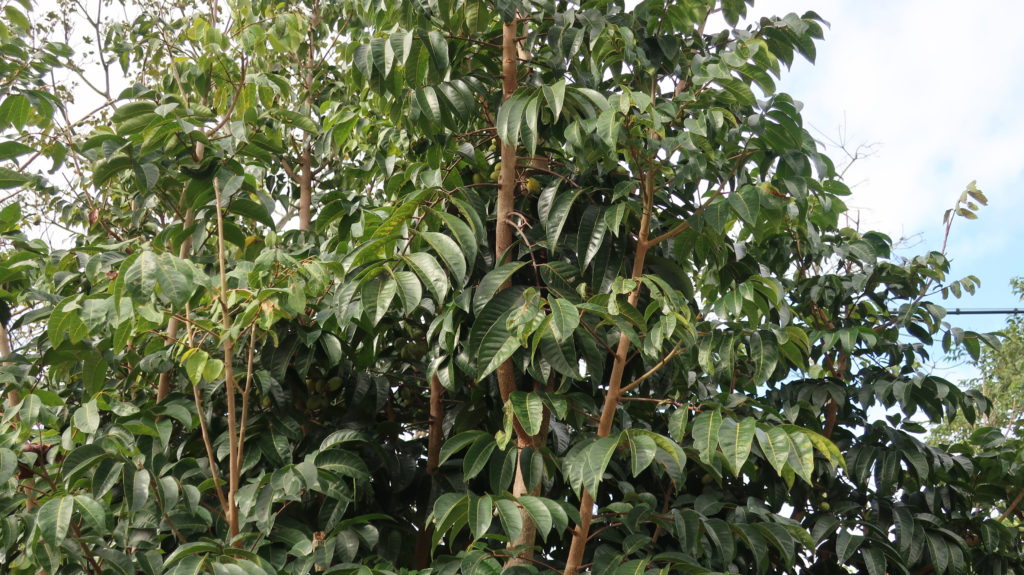
The Chinese olive:
Description: Tree from 10 to 25m high, evergreen and resinous, flowering around May, harvest around October.
Origin: Mostly sub-tropical and tropical China, varieties cultivated in Baoshan are Taiwan natives (thus called Taiwanese olives).
Consumption way: fruit raw, pickled in sugar/brine, made into a nutritious powder (calcium rich), commonly used in Chinese medicine (enhances appetite and digestion) ; the root is also used dried in Chinese medicine.

The olive tree:
Description: shrub or tree up to 15m high, evergreen, harvest during the autumn and the winter
Origin: Mediterranean area, not well suited to the wet sub-tropical climate of Taiwan. Mr. Olive’s olive oil production comes from orchards in South Africa.
Consumption way: extraction of the oil, pickled in brine.
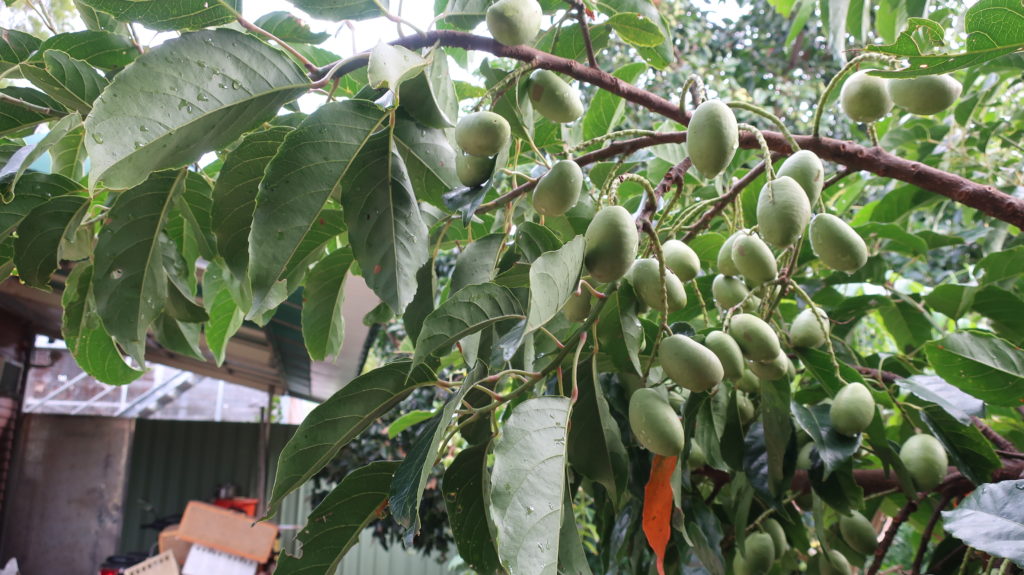
The Ceylon olive:
Description: Tree 15m high, evergreen, harvest around January on the tree (or later for fruits recently fallen to the ground).
Origin: Sri Lanka.
Consumption way: dried, in jam, pickled in sugar/brine.

The June plum, or Tahitian quince (“Shali olive” in chinese):
Description: Tree from 10 to 25m high, deciduous foliage, rapid growth with first flowering at the 3rd growing year, fruits fall to the ground before maturity then ripen, harvest during the winter.
Origin: Polynesia, Melanesia.
Consumption way: raw, in jam, juiced, dried, cooked, in sauce, pickled…
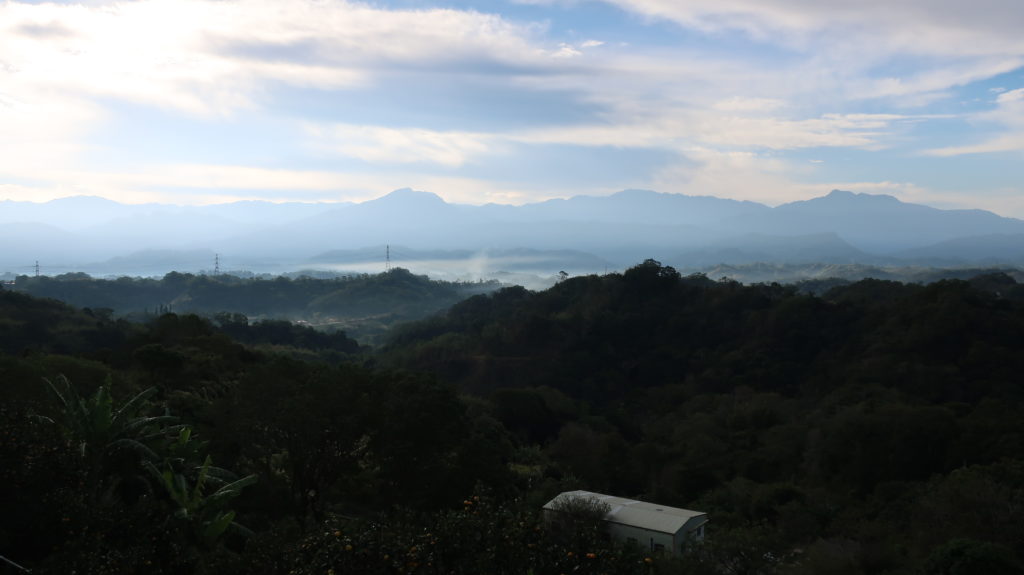
Recipe: Taiwanese olives pickled in sweet brine
Ingredients: fresh taiwanese olives, sugar, salt, optional: spices (like licorice root).
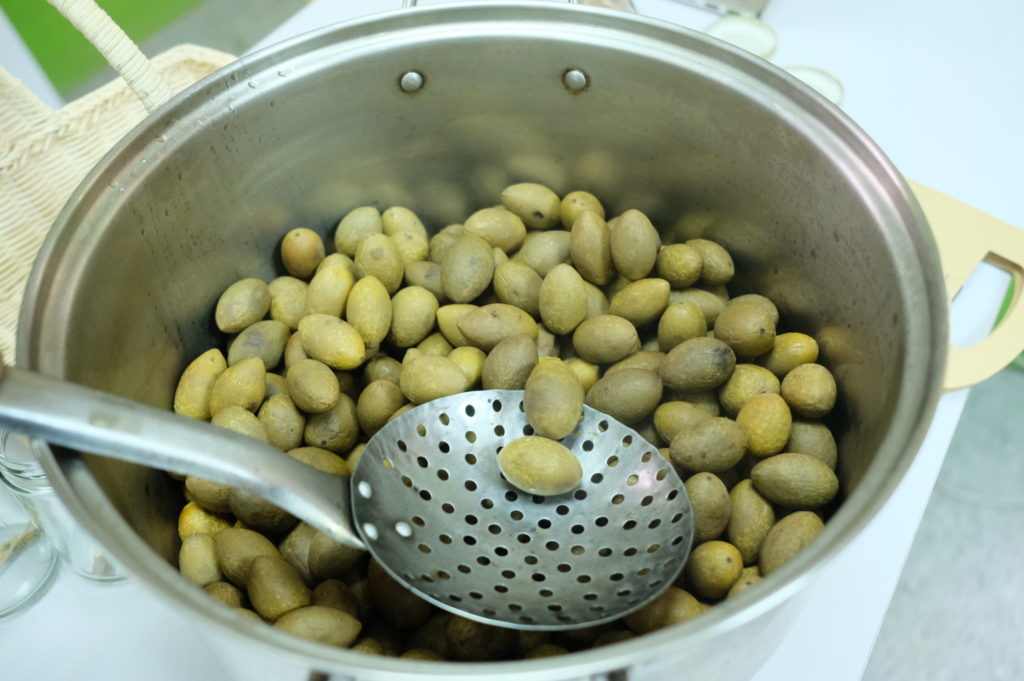
First slightly cook the olives in water until they soften up a bit.
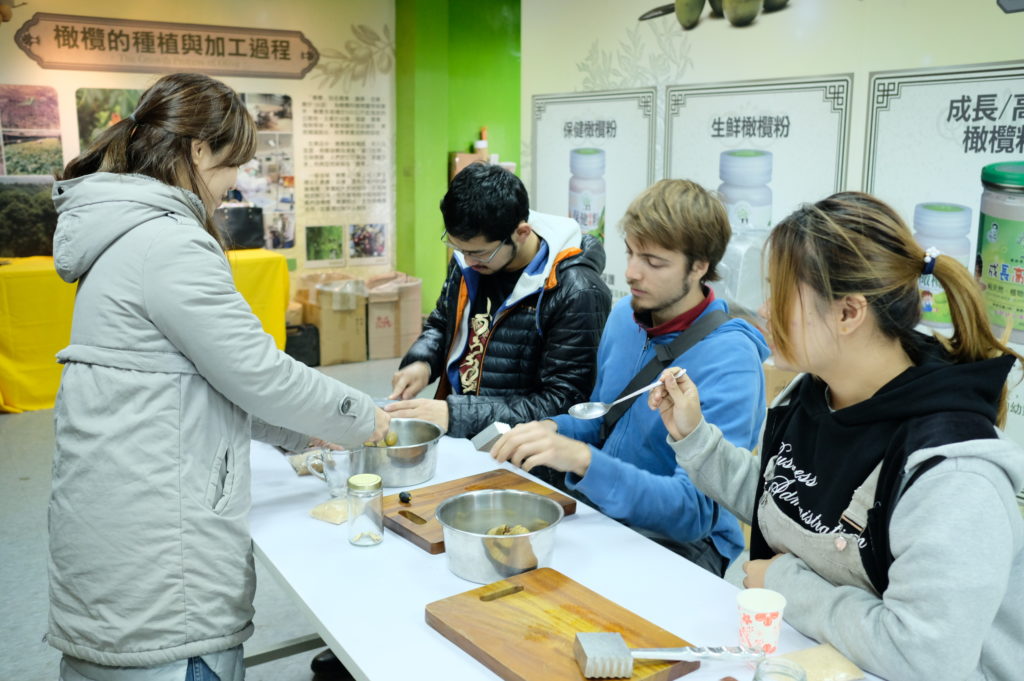
Then use a small hammer to moderately smash the olives open, you can keep the pit (it also contains nutrients). Then shake the smashed olives (with their pit) with a tablespoon of salt.

Finally, fill a small jar with the ingredients, first introducing the spices, then adding layer by layer the sugar and the smashed and salted olives, using a spoon to press the sugar and the olives at each layer, to leave no air between them.
Finish with a nice layer of sugar, then hermetically close the jar. In a few days the sugar will liquefy and all the olives must be kept inside the liquid in order to stay out of microbiological harm. If some olives are out of the liquid, you can try to add some sugar and a little bit of salt.
Before opening the olives can be kept a few months in a cool and dry place. After opening they should be refrigerated and eaten in the following week.
